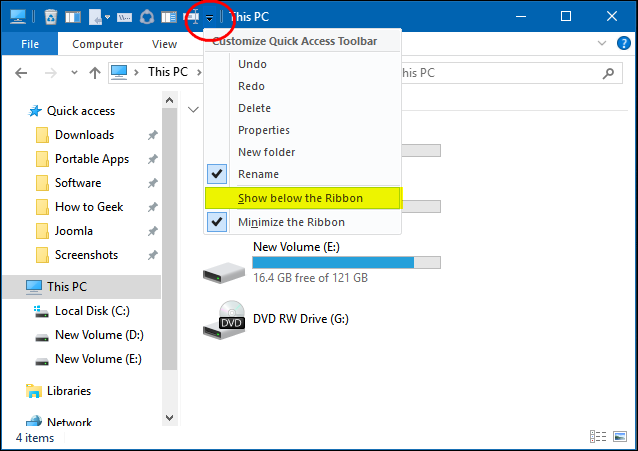

This ancient utility is still very useful as well, and lets you manage the disks attached to your PC as well as the partitions they contain.Ĭomputer Management. The control panel interface for managing the networking devices in your PC.ĭisk management. (Speaking of which, getting drivers working is a great idea for a future tip.) But this MMC interface is no less useful than ever, and is the go-to place to ensure that all of your hardware devices are properly outfitted with working drivers. Another old-school too, Device Manager has at least gotten a small visual refresh in Windows 10. The System control panel provides basic information about your PC and, more important, access to numerous other tools and features, including performance, boot, system protection, and remote capabilities in Advanced system settings.ĭevice Manager. But it can be very useful for troubleshooting Blue Screens and less dangerous system events. This MMC interface dates back to the earliest days of Windows NT, and looks like it. This control panel lets you set and configure power management plans.Įvent Viewer.

Available only on mobile PCs, this interface dates back to Windows Vista and provides quick access to many features of interest to those on the go. This control panel is used to remove installed desktop applications, view installed Windows updates, and turn optional Windows features on and off. Here, you will find the following options:


Or, right-click (or, with a touch screen, tap and hold on) the Start button. To access the Quick Access menu, type WINKEY + X from anywhere in Windows. This is a feature all power users and IT pros will want to know about. Like Windows 8.1, Windows 10 has a secret power user menu-really called the Quick Access menu-which provides handy access to advanced system tools like Device Manager, Disk Management, and Command Prompt.


 0 kommentar(er)
0 kommentar(er)
